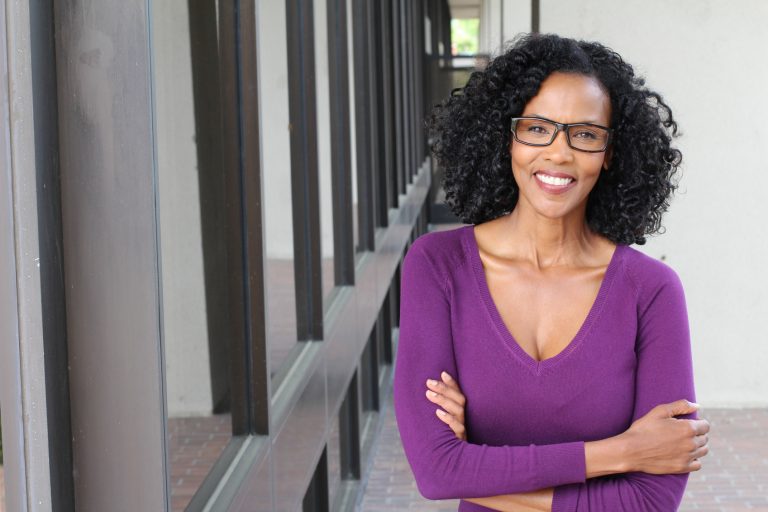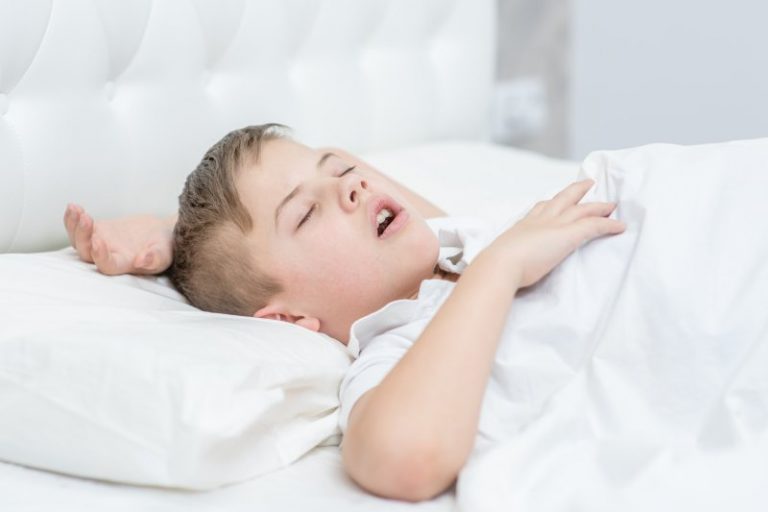

With each arousal, a signal is sent from the brain to the upper airway muscles to open the airway. This alerts the brain to resume breathing and cause an arousal. This results in low levels of oxygen and increased levels of carbon dioxide in the blood.

The frequent interruptions of deep, restorative sleep often lead to early morning headaches and excessive daytime sleepiness.ĭuring the apneic event, you can't breathe in oxygen or exhale carbon dioxide. Sleep apnea may also be characterized by choking sensations.

But, not everyone who snores has sleep apnea. These events are usually accompanied by snoring between apnea episodes. There may be as many as 20 to 30 or more events per hour. Sleep apnea is characterized by a number of involuntary breathing pauses or "apneic events" during a single night's sleep. Obstructive sleep apnea happens when air can’t flow into or out of the nose or mouth although efforts to breathe continue. Central sleep apnea is less common than obstructive sleep apnea. There are two types of sleep apnea:Ĭentral sleep apnea happens when the brain fails to send the appropriate signals to the muscles to start breathing. Sleep apnea is a breathing disorder characterized by brief interruptions of breathing during sleep. It is estimated that as many as 18 million Americans have sleep apnea. Sleep apnea happens in all age groups and genders, although it is more common in men. It is far more common than previously thought. Sleep apnea is a serious, potentially life-threatening condition.


 0 kommentar(er)
0 kommentar(er)
